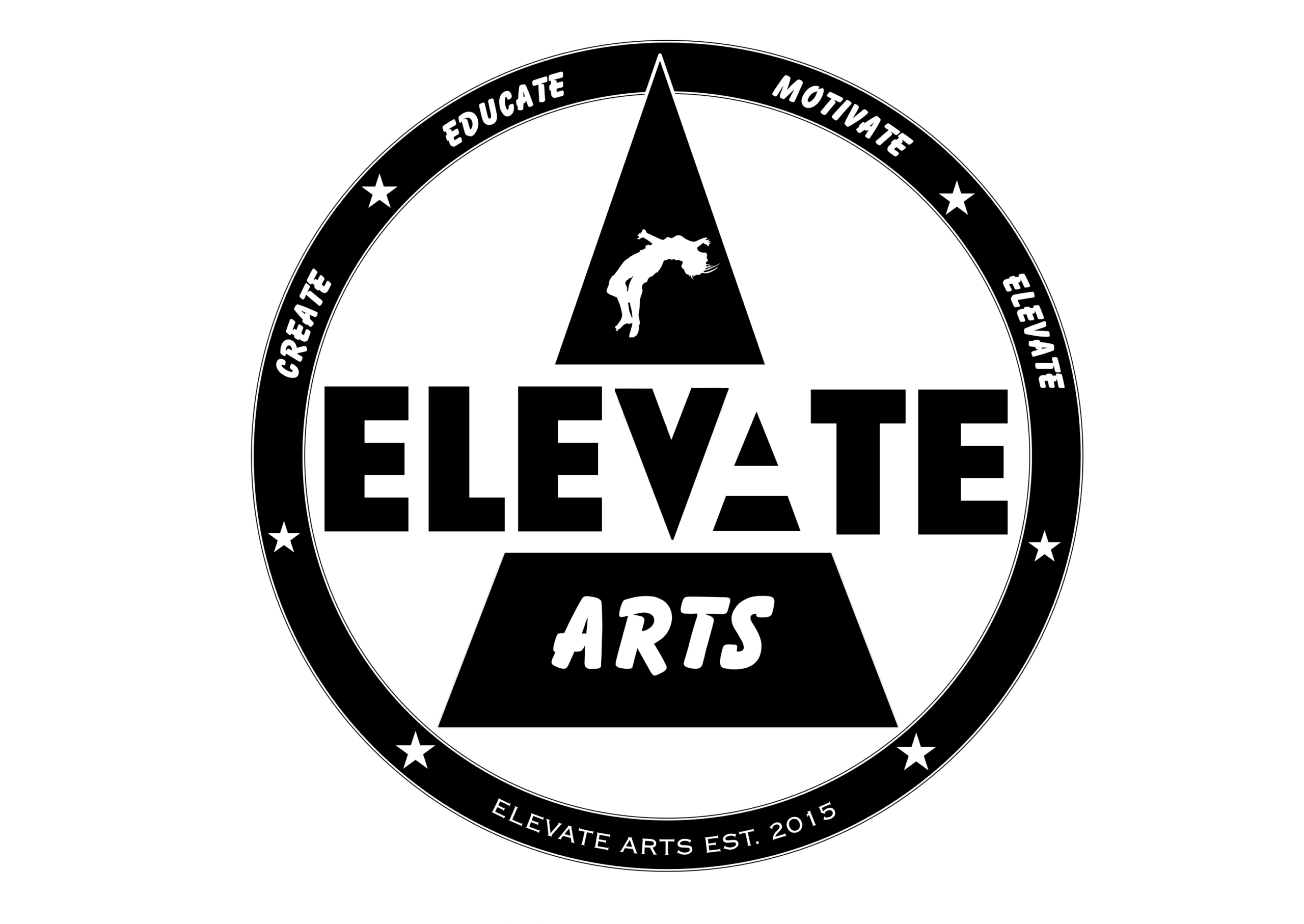There are 2 types of motivation:
Extrinsic – Doing something for an outcome
Intrinsic – Doing something for enjoyment
When your child feels motivated, they will want to attend their dance class be it online, the park or the studio. It is easy to get them to wake up, get ready and put their all into their class. In fact, they might even be the one waking you up just to make sure they make their class on time! Your child shows growth and improvement as the weeks pass because they are so enthusiastic and so are absorbing knowledge like a sponge.
However, this perfect scenario isn’t always the case, sometimes children do not feel motivated (Even adults don’t feel motivated all of the time). In some instances, you might even notice your child’s progress plateau, which only frustrates you further (understandably) because you know they could be trying harder and achieving more – you see their potential.

Get motivated!
A lack of motivation has been a cause for concern for many parents over lockdown in particular, you are not alone so don’t stress! Try to find out why your child feels this way. You may or may not get to the real reason but sometimes it is something really simple like your child might be hungry, genuinely tired or uncomfortable in their dance clothes. Other times it could be something deeper, which tends to happen if the lack of motivation is ongoing. These things could include not liking their teacher, feeling like it is way too difficult or feeling forced to do something they no longer want to do,
Whether you and your child can identify the reasons for their lack of motivation or not, here are 5 things you can try to help your child motivate themselves:
- Have a conversation with your child. Ask them what they enjoy about dance class. Enjoyment plays a BIG part in motivation. Intrinsic motivation where a person gets enjoyment out of something, has been shown to be a more effective and long-lasting motivating factor than extrinsic motivation which is doing something for a reward. that children (and adults) are more likely to stick at something (i.e motivate themselves to start and carry on) if they enjoy what it is that they are doing. Is it socialising, learning routines, the music, technique, the warm up, the games that they enjoy? Knowing what they enjoy allows you to do more of that with your child. It serves as a reason to attend their class because they will be doing XYZ which you can re-enforce that they love. It also allows you to communicate their interests with their dance teacher so they can better understand your child and their needs too.
- Find out WHY your child dances. Why dance and not drama or football? Do they dance simply as a hobby because it’s fun and they enjoy certain elements of class (see above) or as well as enjoying it, is practicing important to them because they have their own dance goals and ambitions in mind? Maybe they want to be the world’s best popper, master the move that little Johnny does every week, be as confident as little Sally, win a competition or be a world class choreographer. If you can find out what drives them you can remind them of their dreams, no matter how big or small and encourage them to take the necessary steps to achieve them.
- Once you know why your child dances and what they enjoy you could show them some inspirational videos. For example, if your child enjoys freestyle and has dreams of being the worlds best popper, you could show them some popping battles from professional poppers so they can be inspired and know where they are heading. It will help keep them focused and motivated to work towards their goal. It could even be another dancer in your child’s class who they look up to. Someone around the same age or a few years older is a great place to start to help inspire them.
- Encourage your child and help them to set a measurable target. One that is challenging but not too out of reach that they will feel it’s too big of a challenge and it will have the opposite effect. Ask them what they would like to improve on or achieve in dance over the next month and together have a think about what they could do each day to get them a little bit closer to that goal. Maybe do a before and after film so you can both look back once the month is up and watch their growth. Remember to praise effort and be supportive on their journey, progress is progress no matter how small.
- Ensure your child is getting adequate rest and a healthy balanced diet. The mind and body work as one. If they have a healthy body, their mind will follow and chances are they will naturally feel more motivated. Rest includes sleep of course, but it also includes downtime. Try to schedule some downtime for your child each day so they can do whatever they enjoy whether it’s playing computer games, drawing or playing outside. If they start seeing dance as a chore, they won’t want to attend class – try not to be too pushy but motivational and supportive instead!
Give these 5 things a go and let us know how you get on. We bet we will be able to see the change in your child over the next couple of weeks!


